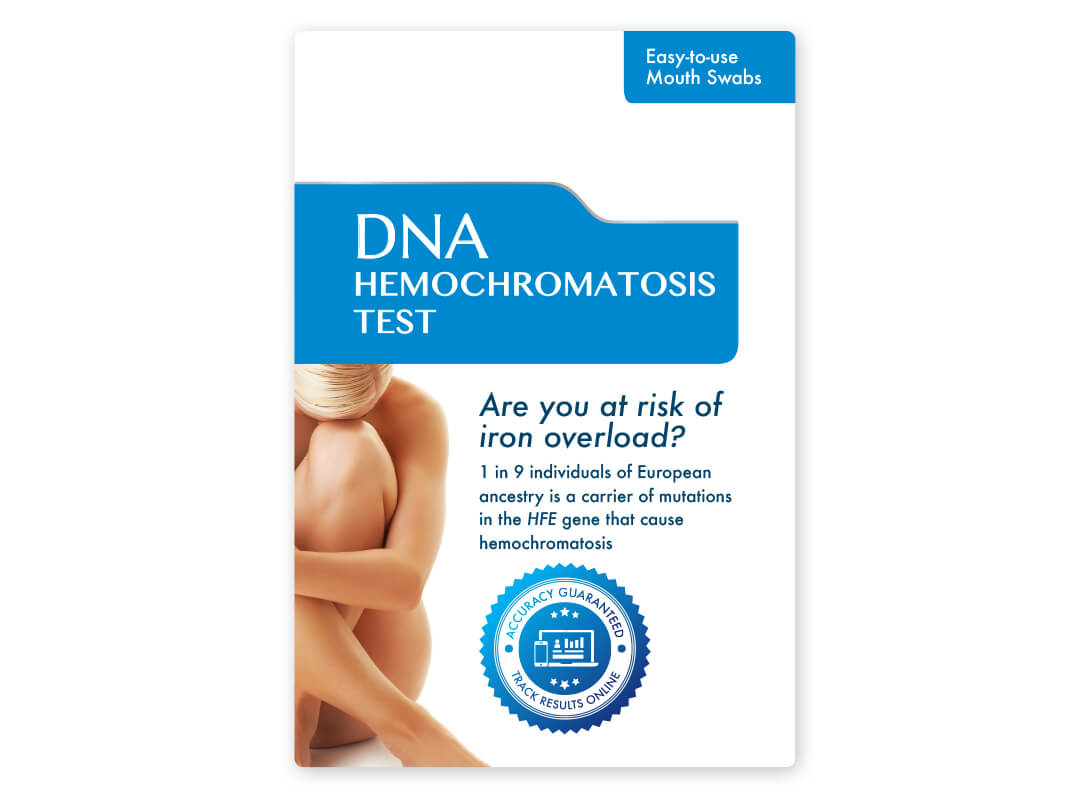DNA Hemochromatosis Test
Are you of European ancestry?
Maybe you have descended from the Vikings?
People of Viking ancestry are more likely to carry HFE mutations that increase the risk of hereditary hemochromatosis. Find out if you are at risk with this DNA test.
- Identifies the most common mutations in the HFE gene
- 1 in 9 people of European ancestry carry one HFE mutation
- 1 in 200 inherit two defective copies and are at higher risk of hemochromatosis
If you already took the DNA Hemochromatosis Test, login to your DNA Access account to access this app.
If you have not taken the DNA Hemochromatosis Test, take the DNA test to access this app.
$195, results in 5 to 7 business days








